In a world increasingly disconnected from nature, learning how to identify and use wild food reconnects people with the land. Foraging builds self-reliance while teaching respect for ecosystems. Moreover, it encourages sustainable living and reduces dependence on industrial agriculture.
Understanding how to locate edible plants, fungi, and insects opens up countless possibilities. Therefore, anyone interested in survival skills or holistic health benefits from studying what nature offers freely.
Common Types of Wild Food Found in Different Climates
Every region supports a unique variety of natural edibles. For instance, in temperate zones, wild greens such as dandelion, plantain, and nettles grow abundantly in spring. In addition, forested areas produce mushrooms, berries, and wild roots throughout the year.
Best Bug Out Bag: The Ultimate Guide for Emergency Preparedness
Meanwhile, deserts yield nutrient-dense options like mesquite pods or prickly pear fruit. Therefore, gaining local knowledge empowers you to forage with confidence. Exploring the diversity of wild food helps create a deeper connection to your environment.
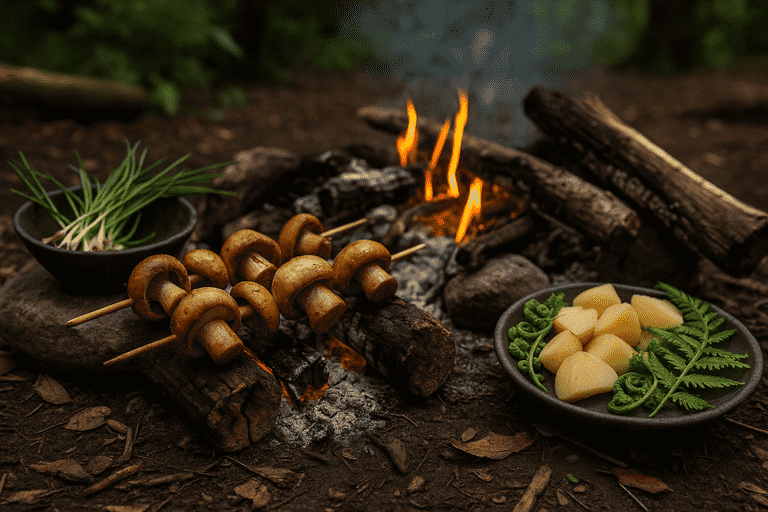
Safety Considerations When Collecting Wild Food
Identifying edible species correctly is essential for safe foraging. Consuming the wrong plant or mushroom can lead to severe illness—or worse. However, learning a few key species and practicing caution minimizes risk significantly.
Choosing the Right Orienteering Equipment for Every Adventure
Use regional field guides, attend guided walks, or learn from experienced foragers. In addition, never harvest from polluted areas like roadsides or pesticide-treated fields. Prioritizing safety ensures that your experience with wild food remains positive and rewarding.
How to Prepare and Cook Wild Food for Optimal Nutrition
Raw plants aren’t always digestible or flavorful. Proper preparation unlocks the full value of wild food. For example, boiling bitter greens like dock or burdock root can reduce harsh flavors while retaining nutrients.
Similarly, roasting acorns or grinding seeds into flour creates tasty, nourishing meals. In addition, many edible weeds pair well with spices and fats, making them suitable for modern recipes. Experimenting in the kitchen turns foraged ingredients into culinary adventures.
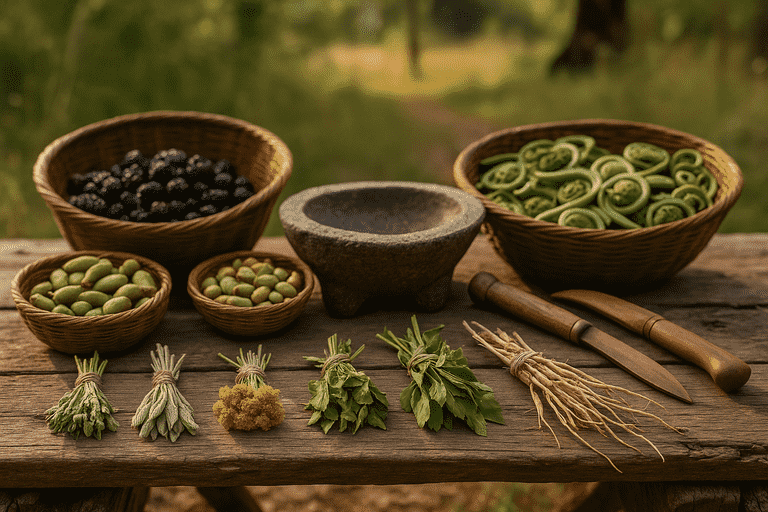
Tools and Techniques That Help You Identify Edible Species
Having the right tools enhances your success and safety when gathering wild food. A sturdy basket or cloth bag allows airflow and keeps your harvest fresh. Moreover, a pocket knife or pruning scissors help you harvest cleanly without damaging plants.
Bringing a small magnifying lens can also assist in identifying plant hairs or patterns on leaves. In addition, taking photos for later research helps expand your knowledge base. With practice, even a beginner can become a confident and ethical forager.
Cultural and Historical Roots of Foraging Practices
Long before supermarkets, people depended on wild plants and animals for nourishment. Indigenous cultures across the globe developed rich knowledge systems around wild food. For instance, Native American tribes relied on hickory nuts, wild onions, and cattail roots.
In Europe, peasant communities used everything from nettle soup to mushroom stews to survive through lean seasons. Recognizing these traditions adds depth and appreciation to modern foraging. Moreover, it honors the wisdom passed down through generations.
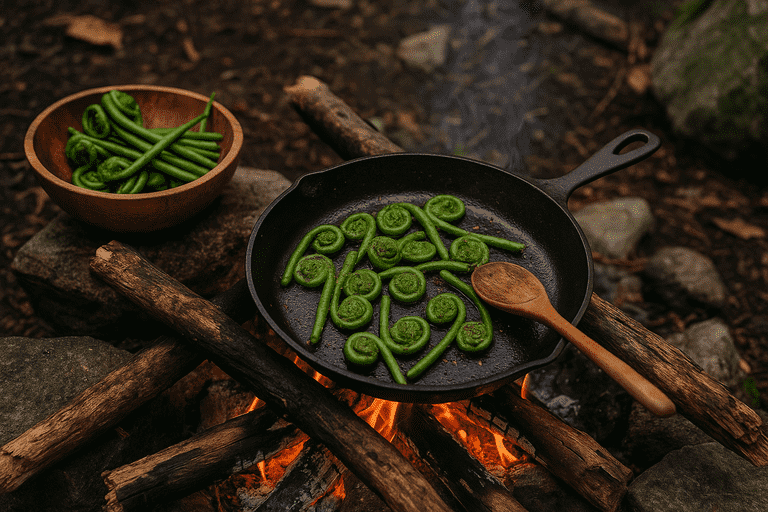
Sustainable Harvesting and Respect for the Environment
Foraging must balance human needs with ecological responsibility. Overharvesting damages plant populations and disrupts wildlife food chains. Therefore, ethical foragers follow the “rule of thirds”: take only a third of what you find, leave a third, and let a third reproduce.
Why a Used Compass RV for Sale Might Be the Best Investment
In addition, you should avoid rare or endangered species entirely. Learning to recognize abundance without greed protects ecosystems. Sustainable interaction with wild food ensures future access and reinforces your role as a steward of nature.
Seasonal Strategies for Maximizing Foraging Success
Nature operates in cycles, and understanding these rhythms increases your foraging yield. Spring brings greens and flowers, while summer offers berries and fruit. As autumn arrives, nuts, roots, and seeds dominate the landscape.
Winter may seem barren, but evergreen needles, bark infusions, and frozen berries still provide sustenance. Planning your foraging calendar around seasonal availability ensures access to the freshest and most nutrient-rich wild food year-round.
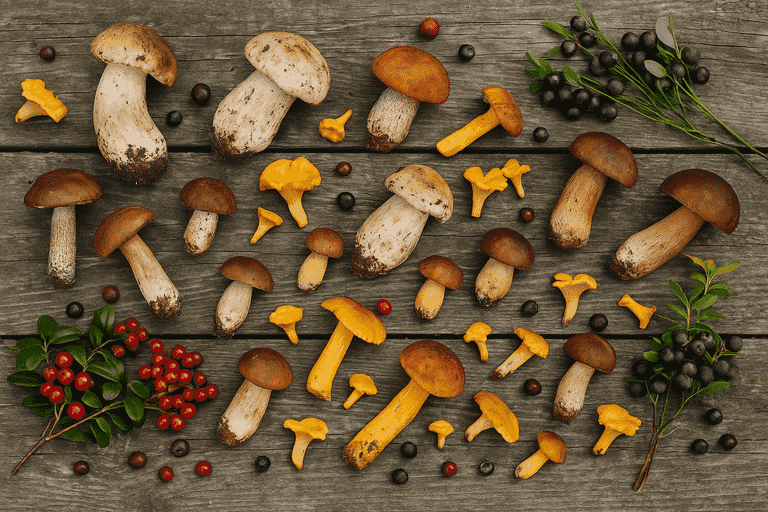
Integrating Wild Food into Modern Lifestyles
Incorporating foraged foods into your diet doesn’t mean abandoning convenience. For example, adding dandelion greens to salads or nettle tea to your routine introduces health benefits without complexity. In addition, drying herbs and storing roots creates a long-lasting pantry of natural nutrition.
Urban dwellers can even find edible plants in parks, gardens, and greenways. Therefore, wild food becomes accessible to anyone willing to look closely and respectfully.
Final Thoughts on Embracing Wild Food in Everyday Life
Learning about wild food strengthens your relationship with nature while providing practical skills. It enriches your diet, sharpens your awareness, and deepens your appreciation for the natural world. Moreover, foraging cultivates gratitude and humility—qualities often lost in modern life.
Whether you’re drawn to survivalism, culinary exploration, or ecological harmony, the wild holds answers. With knowledge, practice, and respect, you can turn forests, fields, and rivers into sources of nourishment, wonder, and wisdom.
